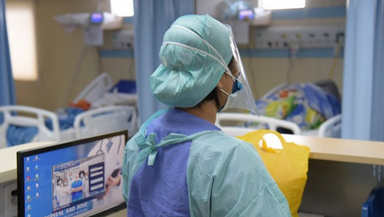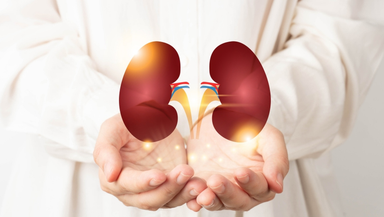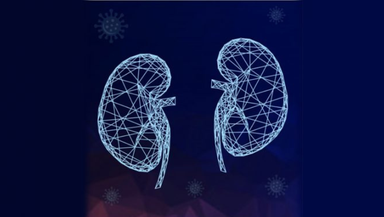Understanding Angioplasty: Restoring Cardiovascular Health through Minimally Invasive Intervention

Angioplasty, also known as Percutaneous Coronary Artery Intervention (PCI), is a common medical procedure used to treat blocked or narrowed Arteries in the Heart caused by Coronary Artery Disease. By inserting a balloon catheter into the blocked Artery, doctors can widen the space, improving blood flow. Angioplasty can be performed as an emergency procedure for Heart Attacks or as an elective procedure when Cardiac Disease is suspected.
Reasons for Angioplasty:
The primary purpose of angioplasty is to clear fatty plaque build-up within the Heart's arteries, which can restrict blood supply to the Heart muscles. This procedure helps improve symptoms associated with clogged Arteries, such as Chest pain and shortness of breath. However, not everyone is a candidate for Angioplasty, as its suitability depends on factors such as medical history, symptoms, and the extent of Heart Disease.
Types of Angioplasty:
There are two main types of Angioplasty:
Balloon Angioplasty: Balloon Angioplasty is typically combined with stent placement and involves using an inflated balloon to increase pressure and eliminate plaque in the blocked Artery.
Stent Placement: Stent placement involves inserting a small metal wire mesh tube, called a stent, into the cleared Artery to prevent it from narrowing again.
Risks Associated with Angioplasty:
While Angioplasty is generally safe, there are some associated risks, including bleeding at the catheter insertion site, blood clot formation within the stent, and a potential recurrence of Artery blockage. Rare risks include abnormal Heart rhythms, Heart Attack, Stroke, and damage to the Coronary Artery or blood vessels.
Preparation and Procedure:
Prior to Angioplasty, your doctor will assess your medical history, conduct physical examinations, and perform various tests. Instructions for preparation may include
temporarily stopping certain medications,
informing the doctor of any allergies to contrast dye, and
fasting for a specific period before the procedure.
During the Angioplasty procedure, a sedative is administered, an intravenous catheter is inserted, and a small incision is made to access the blood vessel. A catheter tube is then guided into the artery with the help of X-ray images, a contrast dye is used to identify blockages, and a balloon is inflated at the blocked site with the placement of a drug-coated stent if needed.
Post-Procedure and Cost:
Following Angioplasty, you may need to stay in the hospital for observation, with Heart function monitoring. Recovery typically involves avoiding strenuous exercise, staying hydrated, and taking prescribed medications.
The cost of Angioplasty in Chennai, India, ranges from approximately 1.2 lakhs to 1.6 lakhs, depending on the hospital and city. If you experience symptoms like Chest pain and shortness of breath, it is crucial to seek immediate medical attention.
Why Choose Gleneagles HealthCity at Perumbakkam - Sholinganallur, Chennai?
Gleneagles HealthCity at Perumbakkam - Sholinganallur, Chennai is recognized as a leading Cardiac hospital, offering high-quality Cardiac care. With a team of expert Cardiologists, advanced diagnostic techniques, and world-class infrastructure, they provide comprehensive Cardiac services.
To book an appointment or learn more about Angioplasty costs in Chennai, visit our website or contact them directly.
Angioplasty is an effective procedure for treating blocked or narrowed Heart arteries, restoring blood flow, and improving symptoms associated with Coronary Artery Disease. Understanding the types, risks, preparation, and costs associated with angioplasty can help patients make informed decisions and seek appropriate medical care for their Cardiovascular Health.
Doctor in HIghlights:
Dr Gobu P
Senior Consultant & Interventional Cardiologist – Institute of Cardiac Sciences
MD. (Gen. Med), DM (Cardiology), FIMSA, FESC











